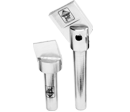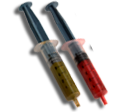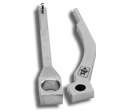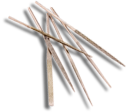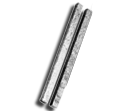|
||||||||
|
|
|||||||||||
|
|||||||||||||
|
|||||||||||||
Quick Enquiry |
Contact Us |
Quick Links |
| Office & Factory: Plot No. J - 14, MIDC Industrial Area, Chikalthana, Aurangabad - 431 006, Maharashtra, India. Mo. : +91- 98237 57479 , 90495 26868 E-mail : sales@jainprecisiontools.com Follow Us    |
| Marketed by Technooyster |



